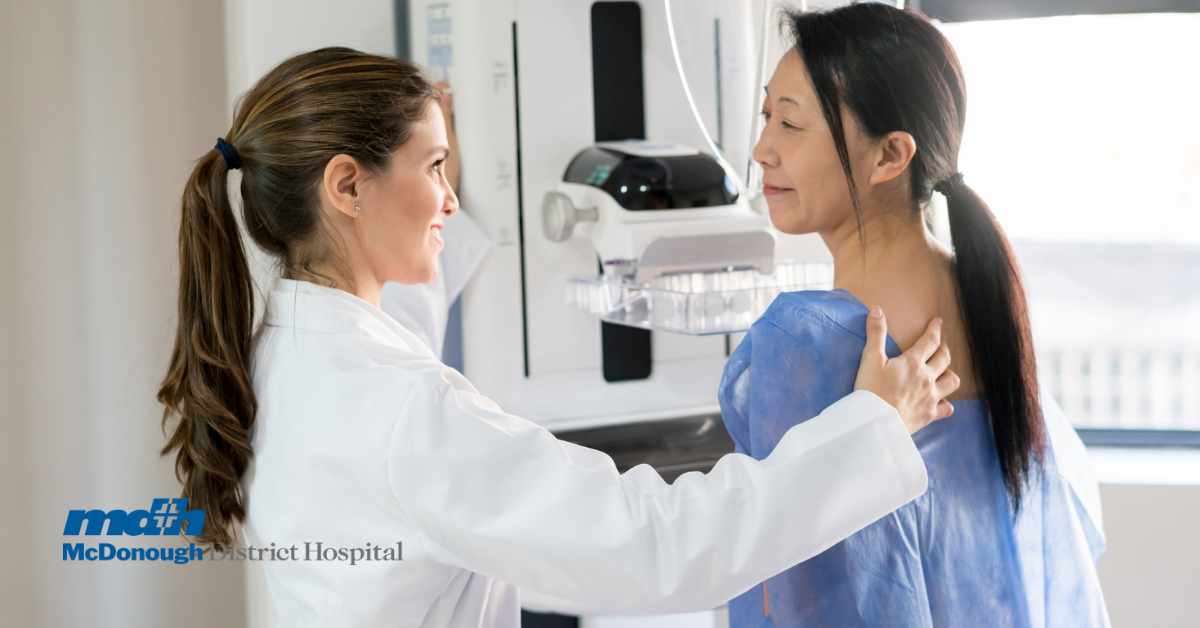What is a Mammogram?
- Posted On:

The Importance of Getting Routine Mammograms
Like most forms of cancer, early detection is key when it comes to effectively treating breast cancer. Along with performing self-exams at home to check for lumps and bumps, mammograms can help your doctors to detect other early signs of breast cancer before you even begin showing symptoms.
How Do Mammograms Work?
During a mammogram, a special machine will take X-ray images of your breast tissue. During a mammogram, you will stand in front of this machine, and your technologist will place your breast on the platform. The paddle will gently compress your breast to spread the breast tissue out to visualize better and require less radiation to acquire the image. After having your mammogram done, you should receive your results in 7-10 days.
Preparing for Your Mammogram
Although mammograms only take a few minutes to complete, many women find them uncomfortable and even painful. This makes it essential to properly prepare for your screening to avoid needing to do the imaging multiple times.
If you have any concerns, you can take these steps to help you prepare for your screening to make the process as easy as possible:
- Avoid scheduling your mammogram close to your period to avoid additional tenderness.
- Don't wear or use perfume, deodorant, or powder. Any foreign substance can look like something abnormal.
- Always notify the technologist if you are pregnant, lactating, or have breast implants.
How Often Should You Get a Mammogram?
Age is a major risk fact when it comes to the possibility of developing breast cancer. According to your age, you should follow this screening schedule:
- Women between 40-44: Have the option to start screening mammograms annually.
- Women between 45-54: Should get mammograms annually.
- Women older than 55: Can switch to every other year, or continue annually.
Depending on your individual risk factors and family history, you may need to be screened more often.
What is a 3-D Mammogram?
Studies have proven that 3D mammograms find more cancers than traditional 2D mammograms and also reduce the number of false positives. The 3D mammography offers more accurate detection, earlier diagnosis, better detection in dense breast tissue, less anxiety by reducing false positives, and is safer and more effective for detecting breast cancer earlier.
Women’s Health Services and Diagnostic Imaging in Macomb, Illinois
McDonough District Hospital focuses on technology to offer you the best in medical imaging. Digital images are viewed using the Picture Archive Communication System (PACS) and Digital Radiography (DR) to distribute imaging information and provide a wide range of radiology services.
To learn more about our women’s health services, visit our website or give us a call at (309) 833-4101.
